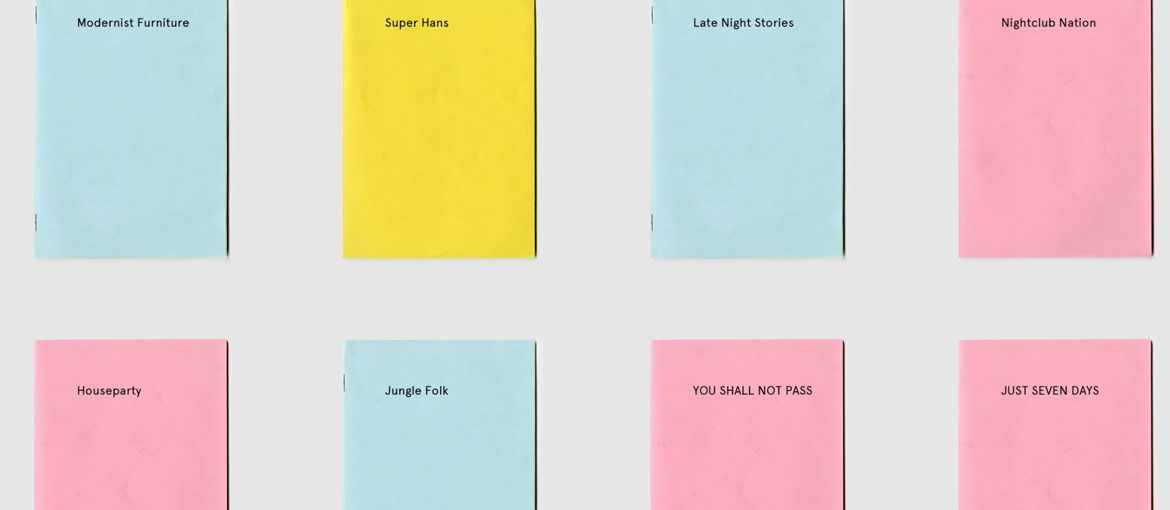Table of Contents
Publishing in the post-digital era
It’s decades since the imminent death of printing was first announced, to be replaced by new technologies. On the contrary, since the 1980s, the number of pages printed has grown exponentially thanks to new technologies like computers, desktop publishing and digital printing, which have simplified and sped up the printing process.
The current era can be defined as post-digital: digital technology is no longer something revolutionary but is now the norm. Today, analogue and digital coexist side by side in the publishing world, overlapping, intersecting and often benefitting one another. One place where printing and digital technology meet is print-on-demand.
Print-on-demand involves the customer providing a PDF file of their publication, choosing the quantity, quality, type of binding and finish for the manuscript and then paying for the digital printing service on the basis of these variables. Print-on-demand does not require substantial capital outlays as minimum print runs are always very low. You don’t even need any specialist expertise: you just have to be able to produce a PDF with the content. In this way, print-on-demand makes it possible to publish manuscripts that otherwise would not have been printed, at a low price and in a tangible, stable and easy to read format: qualities that are not always found in e-books.

Self-publishing of artists’ books through print-on-demand
The publishing of artists’ books, a type of artistic experimentation that began with the early 1900s avant-garde, has undergone an unexpected change in the past 10 years. Artists’ books and printed material have become increasingly relevant, helped by the growing number of fairs dedicated to self-published artists’ books. The recent growth of self-publishing in the art world is often down to the possibilities offered by print-on-demand.
Self-publishing frees artists from the editorial restrictions of publishing houses and the limitations of traditional printing, at the same bypassing institutions to reach a new audience. This is a boon not just for artists, but for their audience too, who can discover work outside of predefined commercial structures.
Of particular interest are works by artists who don’t just use print-on-demand as a way to self-publish, but to explore and push the limits of its possibilities.

Intriguing examples of artistic self-publishing
Two examples that are visually antithetical but share the same brilliant insight into the technology are “Blank On Demand” and “The Black Book”. The first, by Silvio Lorusso and Giulia Ciliberto, comprises two volumes, one with the maximum dimensions and number of pages set by the platform, the second with the minimum. Each volume is blank, apart from the ISBN, the unique code used to identify every book. Designed by Jean Keller, “The Black Book” on the other hand is a 740-page volume printed entirely in black on both sides. Black ink for digital printers is actually extremely expensive; but, because print-on-demand services calculate the price based on the number of pages rather than the quantity of ink, the final project offers far better value for the price.

Another project that plays with the possibilities and rules of print-on-demand is “Camouflaged Books”, a series of publications by Jasper Otto Eisenecker, which develop various visual strategies to “camouflage” content previously blocked by the platform for being inappropriate or offensive, thereby circumventing the automated censoring systems.

Print-on-demand has often served as a bridge for artists between the world of the web and the world of printing. Many books and post-digital projects have drawn on web-based content and contexts but have used print-on-demand to physically produce them. One of the best examples, as the name suggests, is “Print Wikipedia”, by artist Michael Manderei. “Print Wikipedia” is a collection of all the Wikipedia pages in English on 7 April 2015 in the form of 7,473 volumes, 106 of which were printed. Uploading the files to the print-on-demand platform took 24 days, 3 hours and 18 minutes. The work aims to physically demonstrate the vastness of Wikipedia.
Anonymous Press, an online publishing platform, also works with web content. The visitor could select an online database of their choice, pick a subject and automatically produce a small booklet of images that could be printed on demand for three dollars. Although this service is no longer available on the site, the extensive catalogue of booklets published remains.

